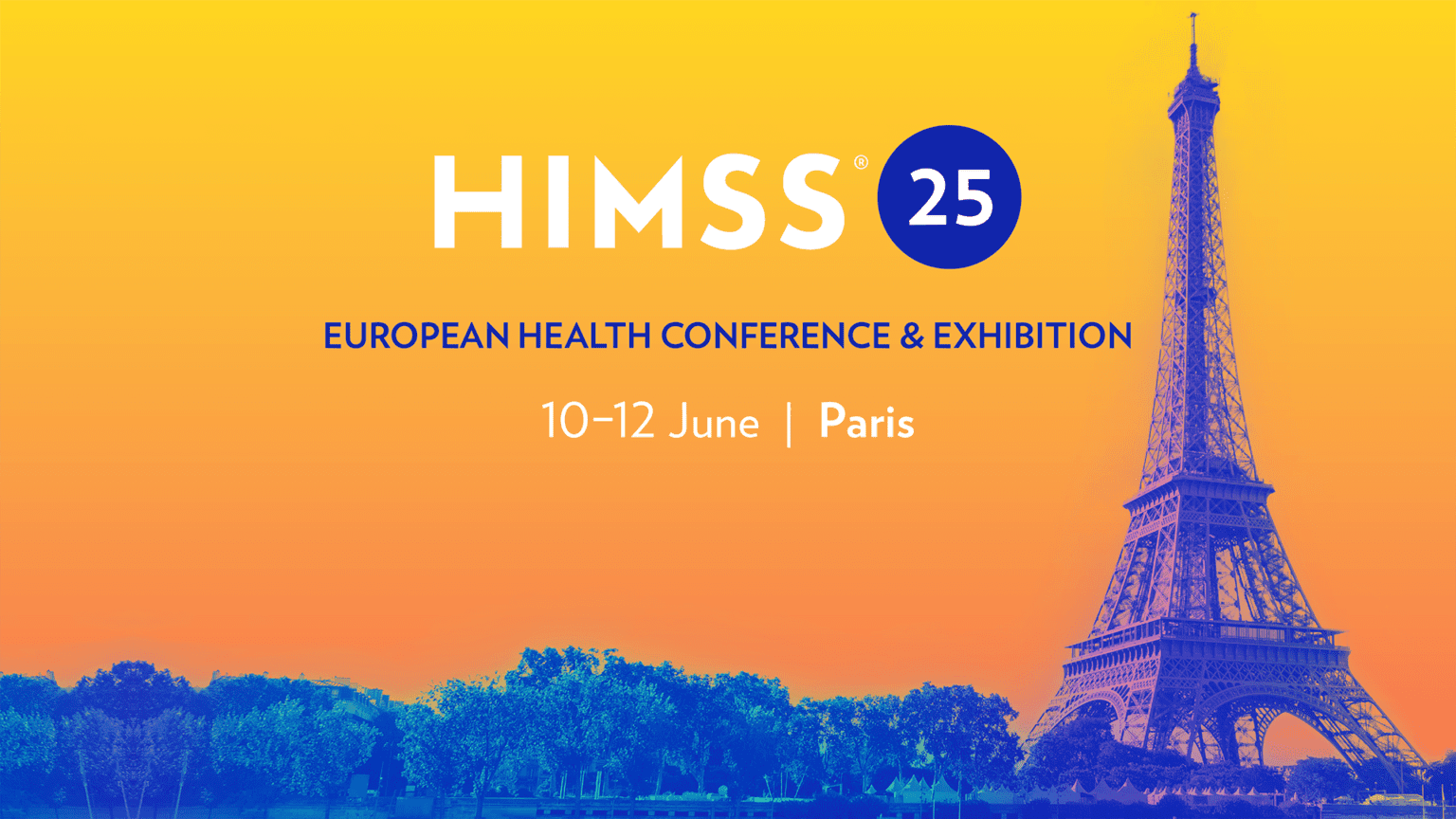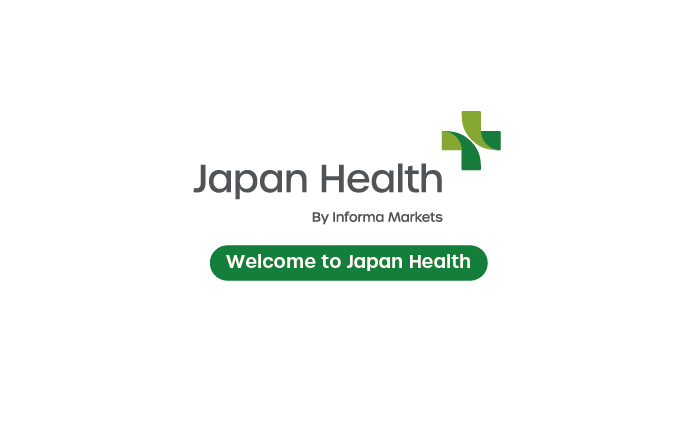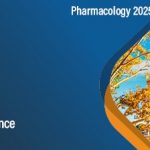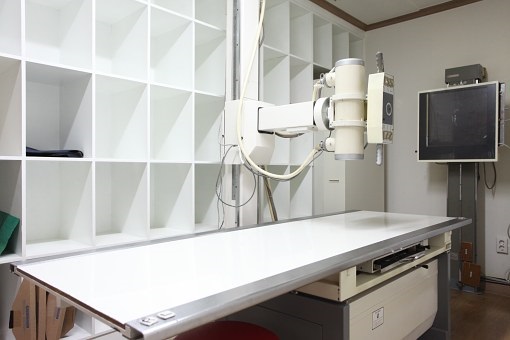Exclusive article by Dennis Hung at EMRIndustry.com
The biggest driver of progress for human civilization is technology. It’s what sparked the industrial revolution that changed human society from a group of struggling agrarian farmers into the creators of things like cars, space shuttles and personal computers. Technology is continually evolving and improving. People’s lives improve thanks in part to this new amazing tech that makes medical treatment more effective and makes completing work far easier.
With this in mind, here is an overview of some of the recent technological improvements for material imaging and data sciences that are making a big impact.
High Tech Sensors
In regards to the healthcare industry, sensors refer to tools that are designed to detect chemical, biological and physical properties and processes within the human body and then transmit that data back to some kind of tool that can be used to read and interpret it. How advanced sensors are typically determines how informed doctors and healthcare professions can be regarding disease since many diseases require some form of internal insight into the body to diagnose.
Sensors can be both high tech and low tech. A pregnancy test that uses paper is a rather low tech sensor. However, much more advanced technology has been introduced recently. According to the National Institute of Biomedical Imaging and Bioengineering, a new sensor has been developed that can actually be implanted into the human brain and then be used to record and then transmit brain activity to a computer. It is believed these high tech sensors may someday give the paraplegic and disabled the ability to control robotic prosthetic limbs with thought.
Picture Archiving and Communication System (PACS)
Another big breakthrough in material imaging and data sciences has been PACS, Picture Archive and Communication System. PACs is the technology used in hospitals and medical clinics to handle different formats for radiological medical imaging. This includes things like X-rays, mammograms, ultrasounds, MRIs and CT scans. It can handle all these formats and more.
PACS radiology system was first discussed by medical scientists in 1979. One was fully implemented in 1982. However, the PACS available today is far more complex than its predecessors. Modern PACS can immediately transmit data though a Wi-Fi connection to a hospital’s computer network. It can then be uploaded to the cloud as part of patient’s electronic health record. As part of a patient’s EHR, it can be accessed by any doctor the patient sees even those that are in other networks. PACS systems are far more efficient, intuitive and nimble than they have ever been before, and that has allowed doctors to better study and treat disease.
The Most Powerful Telescope Ever
A new imaging technology being developed for space telescopes could be over 1,000 times more powerful than the imaging quality of the Hubble Space Telescope. Man has sought to see the stars since the days of Galileo, but this new technology could make feats possible that weren’t even imaginable in science fiction.
This new kind of telescope is known as the Aragoscope, and it will consist of an orbiting telescope with an opaque disc that will measure an amazing half a mile wide. This very wide disc would receive light rays from stars and cause those rays to bend around the disc to a central part where they would be recorded in an extremely high resolution. It will be used to take high resolution photos and videos of things previously hard to see for space telescopes like the plasma swaps that occur between stars and the minute details of a black hole’s event horizon. Our understanding of the universe is certain to grow exponentially as a result.
Our understanding of the world has a lot to do with imaging technology. As imaging tech improves, the data sciences revolving around the use of those images in different fields will grow in knowledge and accuracy. The secrets of the universe and life on this planet are sure to be unlocked.






























